10 Notable Women Who Fought In Wars
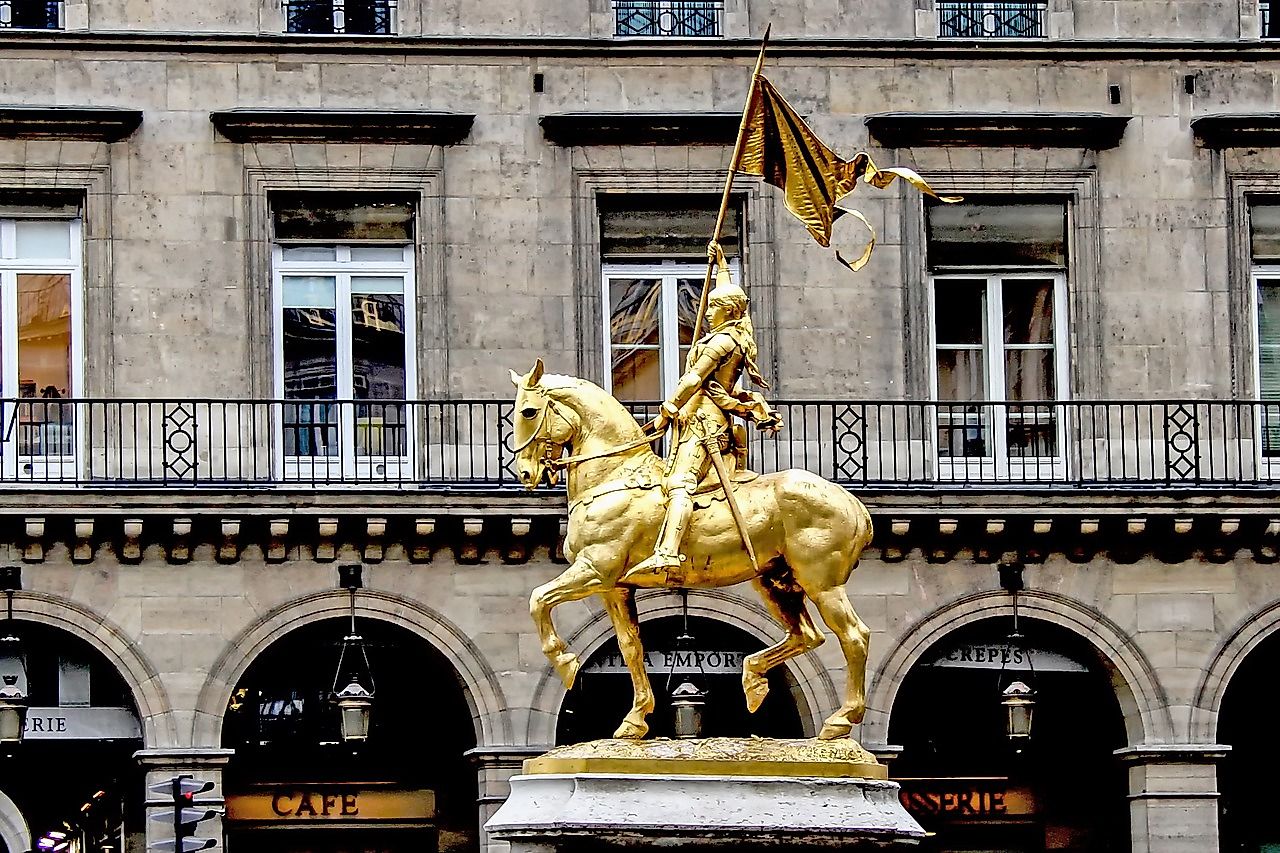
- In the United States 350,000 women served in the armed forces during World War II, both overseas and on the homefront.
- The onna-bugeisha, Japan's warrior women, fought alongside the samurai until the 1800s.
- The female warriors known as Amazons first appear in Homer's epic poem The Iliad.
From ancient amazons to comic books, legends the world over are full of warrior women. In reality, the role of women in warfare has often been overlooked in the record of global events. Following is a list of 10 notable women who fought their way into wars and the history books from the first century to the second world war.
10. The Trung Sisters
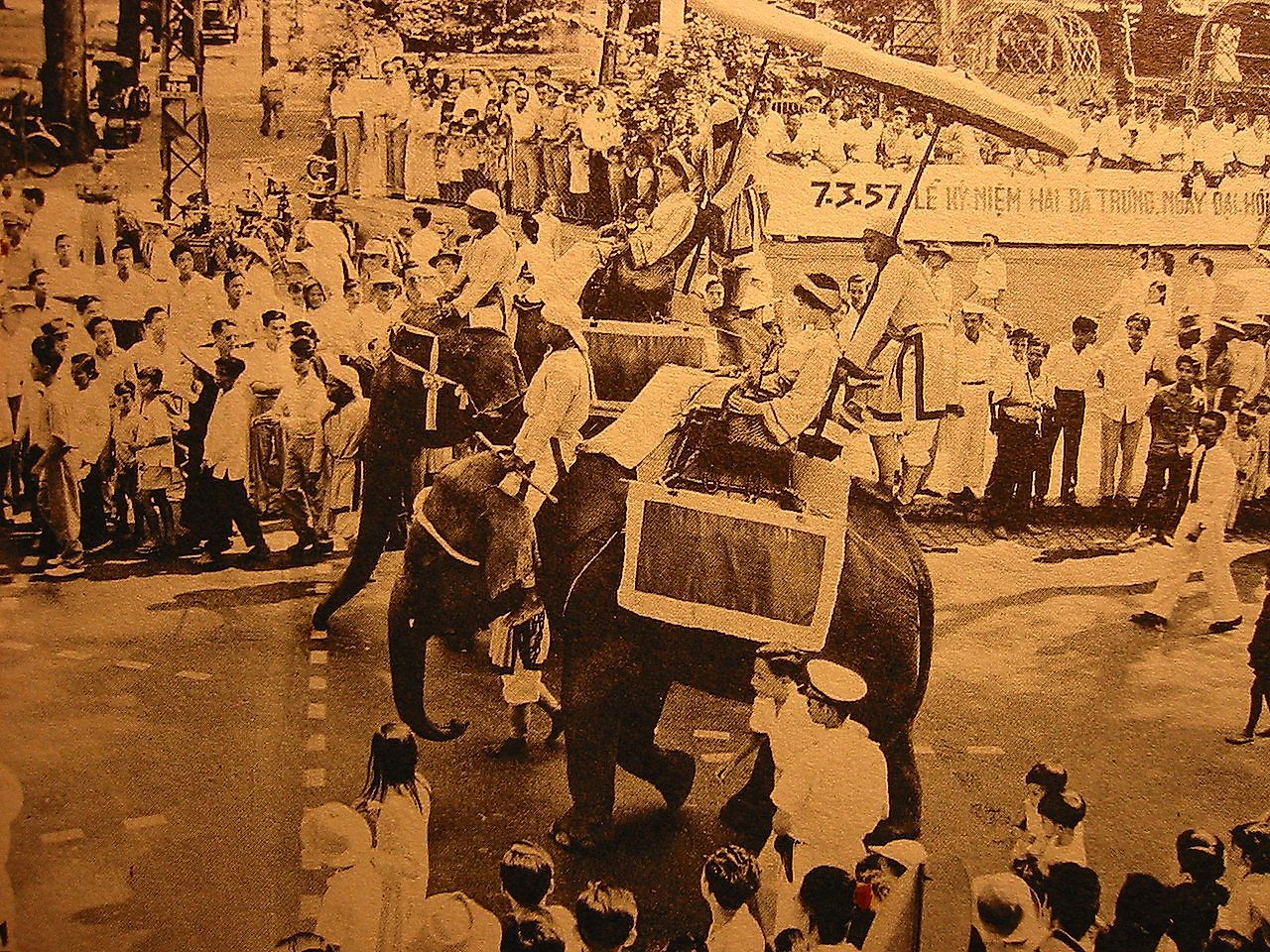
First on this list is not one woman, but two. In the first century, about 40 CE, China’s Hang Dynasty controlled much of modern day Vietnam. When local rulers rebelled, Chinese governors had them killed, including the husband of noblewoman Trung Trac. The warrior widow then recruited her sister, Trung Nhi, as well as tribal chiefs and their supporters to fight back. For three years the sisters fought off the larger and better armed Chinese forces, taking 65 citadels, and ruling over an independent state before they were finally defeated. Although ultimately conquered, the sisters’ bravery lives on.
9. Boudica 60 AD
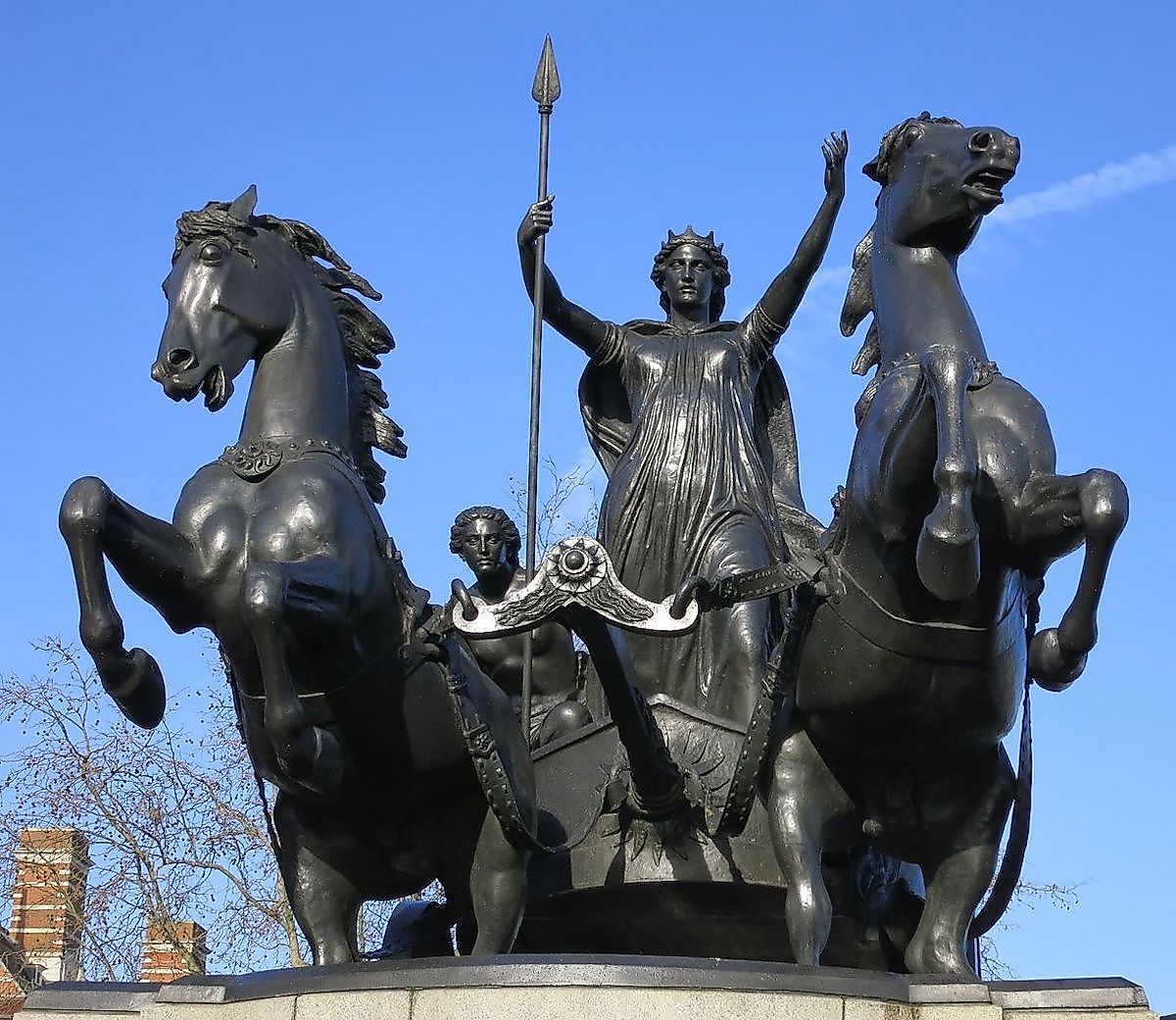
History remembers Rome’s great generals like Caesar and Scipio, but which woman was one of its greatest foes? In 60 CE the Iceni queen Boudica destroyed the Roman legion in Britain and caught the attention of Roman historians Tacitus and Cassius Dio. Trained in combat since childhood, the Celtic queen refused to submit when the Romans invaded England. She led a warrior force to destroy the capital of Camulodunum, massacred its inhabitants and humiliated the legionary army. She went on to capture both London and Verulamium. When reinforcements arrived and the Romans finally managed to defeat Boudica and her Britons, she took her own life to avoid capture.
8. Aethelflaed
Like Boudica, another British queen battled to defend her land from foreign invaders. This time they were Vikings, and the warrior was Aethelflaed, daughter of Alfred the Great. Married to the king of Mercia in the English midlands, the "Lady of the Mercians" did much of the governing due to her husband’s old age. Aethelflaed ordered the construction of defensive forts and trained her soldiers. In 917 CE she helmed her army and took the Danish stronghold of Derby, then on to capture Leicster. When Wales launched a rebellion, Aethelflaed captured their queen and held her hostage until the Welsh submitted to her rule.
7. Freydis Eiríksdóttir
Nearly 100 years after Aethelfled defeated the Vikings, one of their own, Freydís Eiríksdóttir, fought her way into the history books. These books, called The Vinland Sagas, describe her as Erik the Red’s daughter and sister to Lief Erikson, born about 970 CE. There are two versions of this fierce woman. The first, written closer to her lifetime, calls Freydis a brave warrior, battling while pregnant and fighting with the First Nations in Vinland, now Newfoundland in Canada. The second, written 200 years after her death, describes her as murderous and out to steal land. Whichever tale is true, Freydis was a powerful woman unafraid to take on her enemies.
6. Joan of Arc
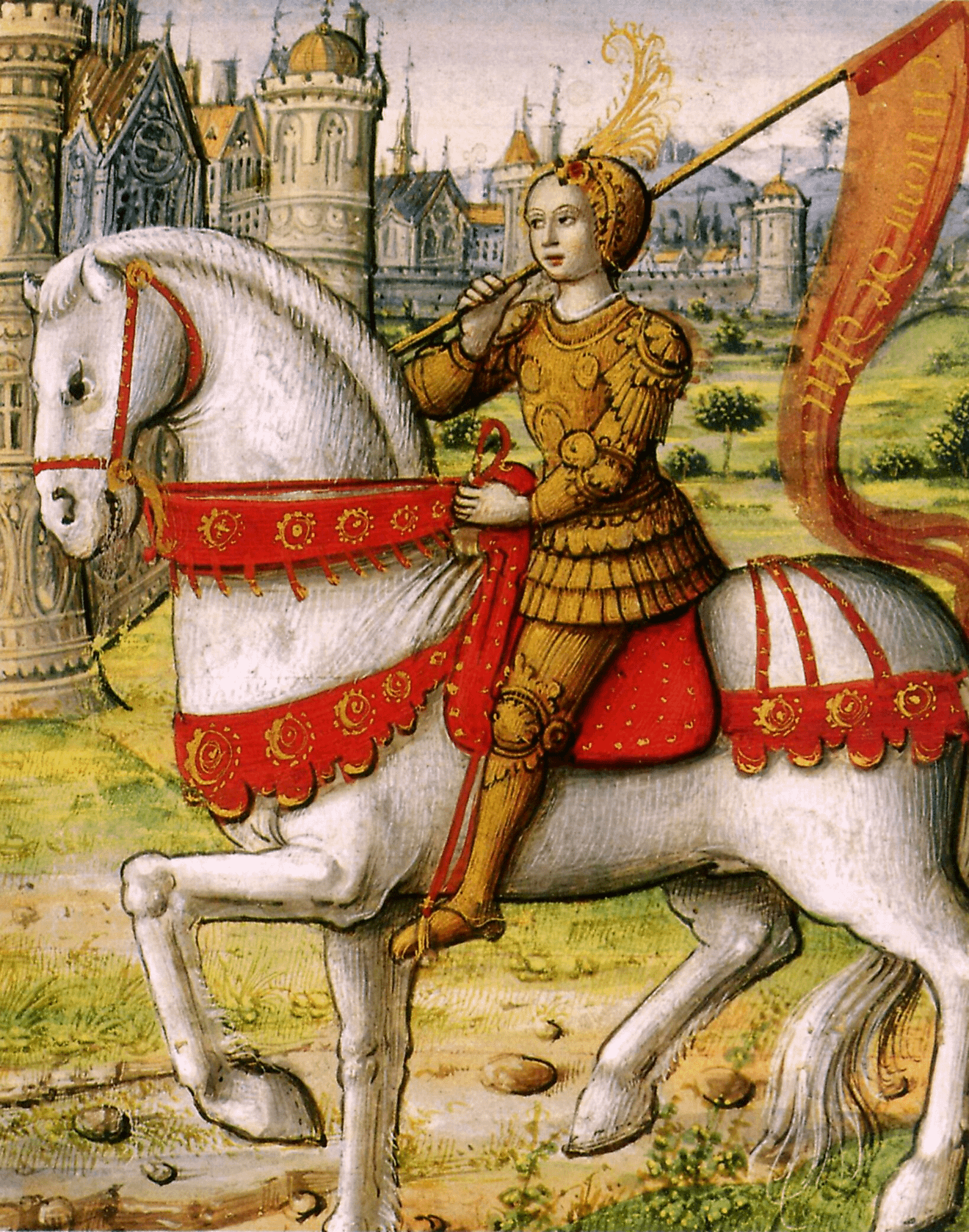
This list would not be complete without the 13-year old girl who heard the saints voices calling her to lead her king to his throne and her country to independence. Captured and killed in 1430 she was accused of being a heretic and a witch, and condemned for dressing like a man, Joan of Arc had achieved what no other Frenchmen could. She had led France to victory over England, and saw Charles VII crowned at last. Arrested by the English, jailed, and put on trial she became the most famous woman, and warrior, in the world. In death Joan became not just a legend, but also a Catholic saint with numerous churches worldwide bearing her name.
5. Buffalo Calf Road Woman
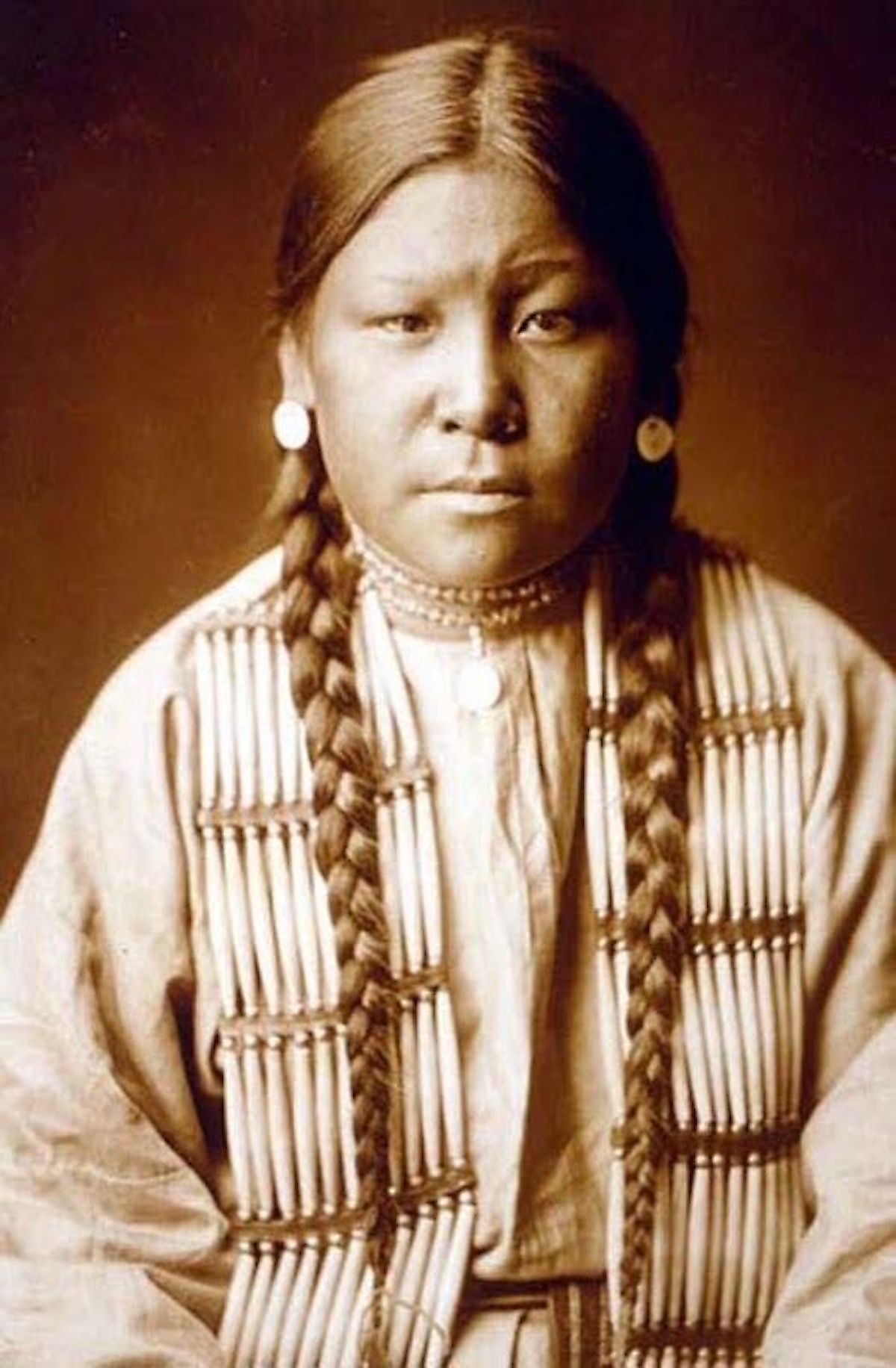
Although the histories of the North American peoples were not written, multiple sources and traditional storytellers describe the courage of Cheyenne warrior Buffalo Calf Road Woman. During the Sioux Wars of 1876, Buffalo Calf Road Woman fought under the command of Crazy Horse. She is credited with bravely saving her brother in battle, and she went on to fight at the Little Bighorn. Storytellers cite her as the Cheyenne warrior who struck Lieutenant Colonel Custer from his horse before he was shot and killed. What is certain is that Buffalo Calf Road Woman is an important figure in the history of the Plains Indians.
4. Naknano Takeko
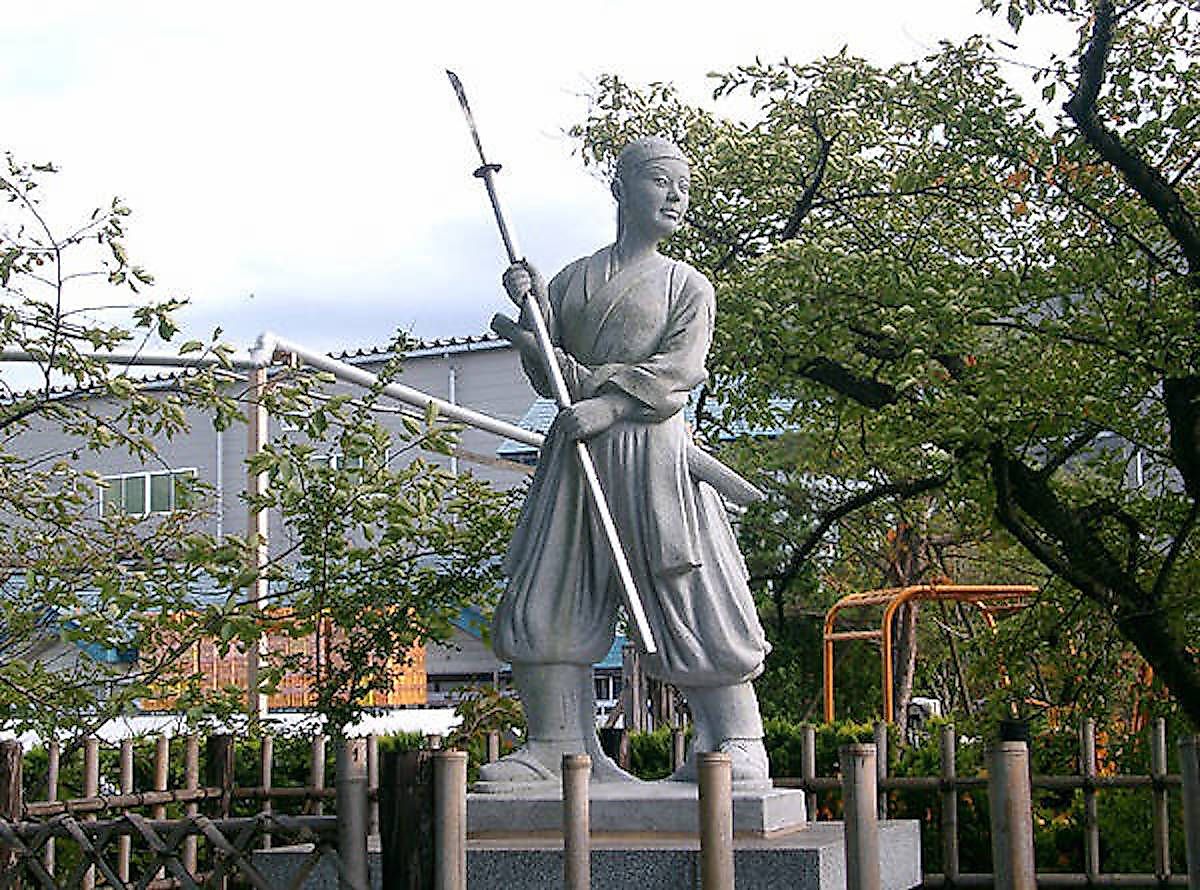
The onna-bugeisha, Japan’s warrior women, date back to 200 AD. Skilled in weaponry and martial arts, they trained to fight alongside men in battle and to protect their villages. The onna-bugeisha predate the samurai class by a thousand years, but the 1800s was a time of social upheaval as clans fought for independence from each other and western influence. Naknano Takeko , one of the last known onna-bugeisha, led her warriors in a failed attack against invaders in 1868 and died in battle. As Victorian values prevailed in the West at the time, reports of European men fighting these ferocious female warriors was omitted in western accounts of Japanese culture. Today, however, the history of these heroic women is reemerging
3. Maria Bochkareva
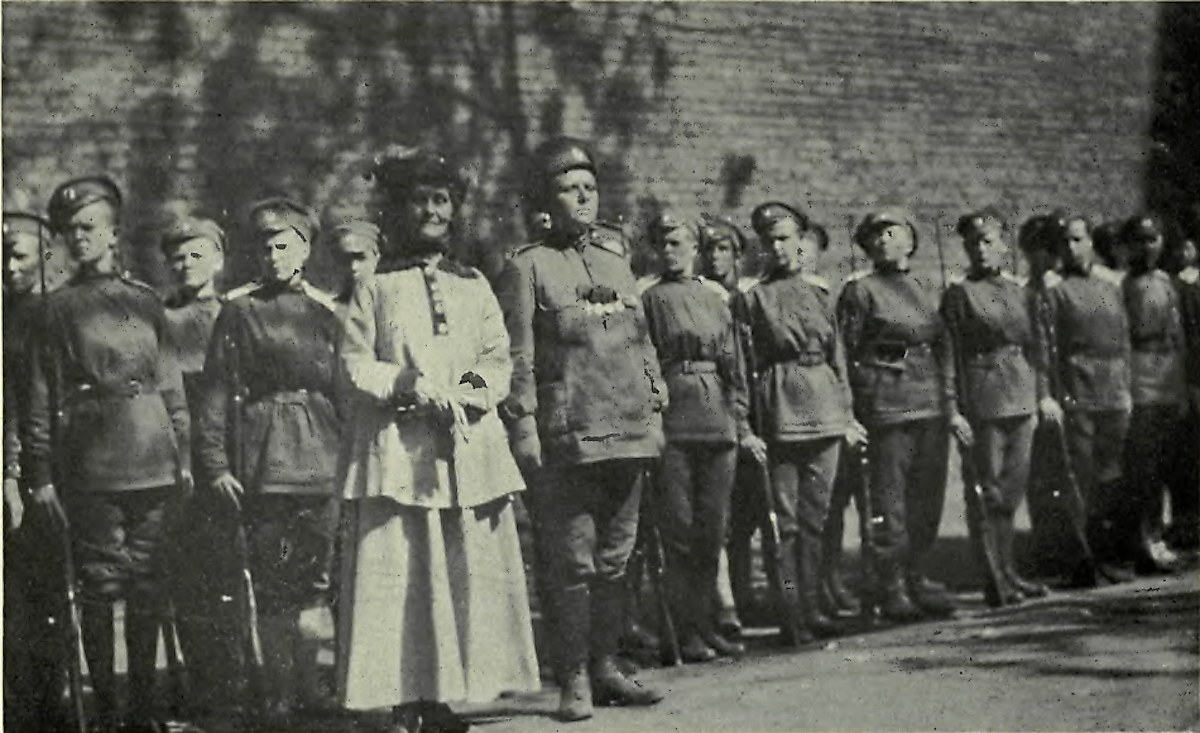
Her name is unfamiliar today, but Maria Bochkareva was a global sensation during World War One. Ridiculed for attempting to enlist, she telegraphed the czar directly and went on to earn decorations for multiple acts of bravery. The first Russia woman army officer, Bochkareva helmed the 1st Russian Women’s Battalion of Death on the Eastern Front. In 1918 she penned a wildly successful autobiography, and during her international book tour met with King George V, suffragist Emmeline Pankhurst, and President Wilson. Tragically the worldwide attention, including a $1000 gift from Theodore Roosevelt following his Nobel Peace Prize, made her the target of Bolshevik revolutionaries. Bochkareva was executed by firing squad upon her return to Russia.
2. Mary Greyeyes
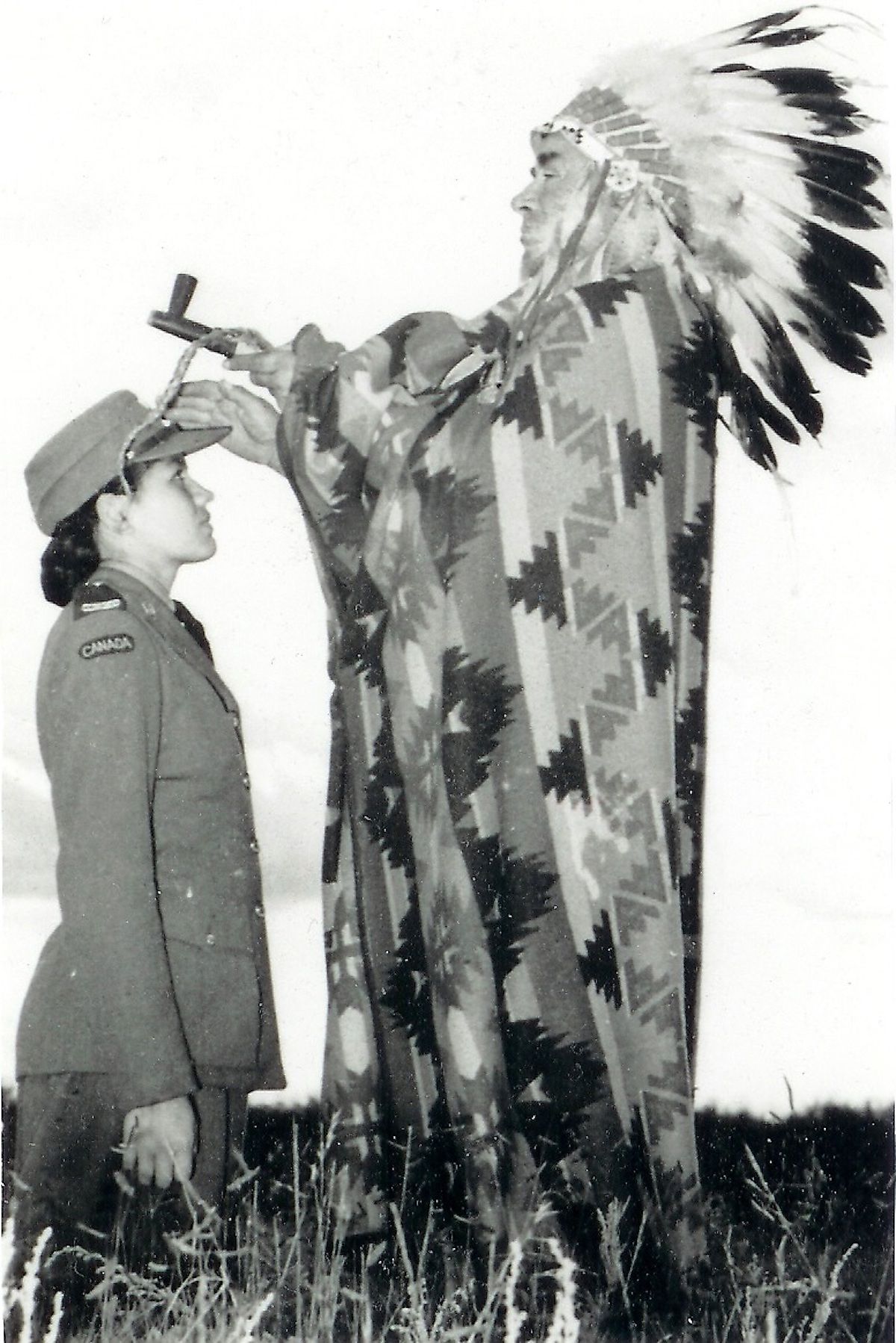
When Mary Greyeyes enlisted during World War, she wasn’t intending to become a role model or national hero, she was emulating her older brother David. The Greyeyes children, all eleven of them, were born on the Muskeg Lake Cree Nation reserve in the Canadian province of Saskatchewan and sent to residential schools. When war broke out in 1939 and Greyeyes’ brother enlisted as a means of supporting the family, she joined too and became an unintentional icon. The first Indigenous woman to serve in the Canadian Armed Forces, she was stationed at war headquarters in London, England. Her story of family loyalty, patriotism, and aboriginal ancestry resulted in her frequently being featured in propaganda photographs and meeting dignitaries, including a young Queen Elizabeth II.
1. Cornelia Fort
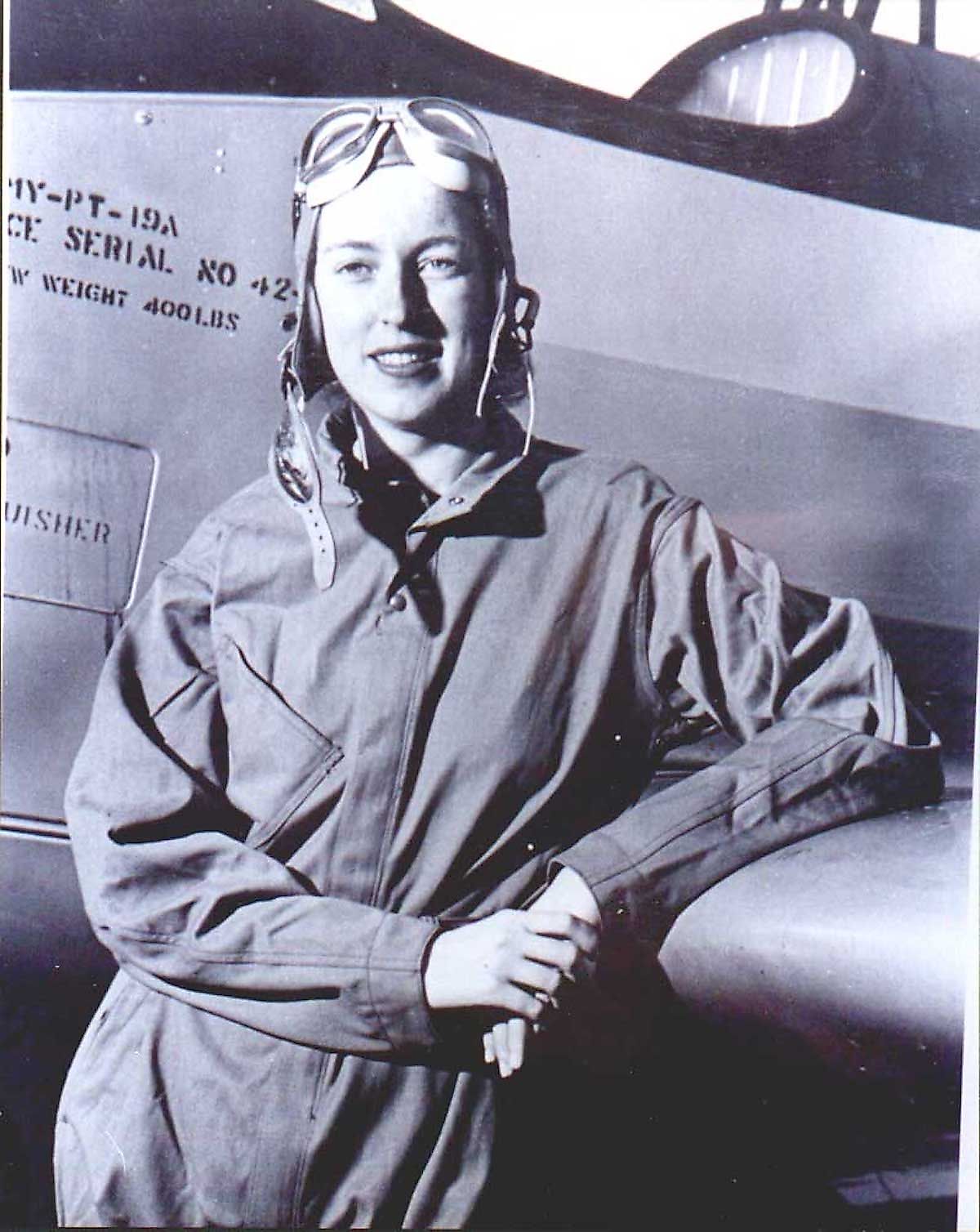
On December 7th, 1941, flight instructor Cornelia Fort was giving lessons over Honolulu when an unexpected aircraft crossed her flight path. Fort veered out of the way and, checking over her shoulder, witnessed the first bombs dropped in the attack on Pearl Harbor. Fort recorded the event in the logbook, forever preserving that moment in history. She enlisted almost immediately in the WAFS, the Women’s Auxiliary Ferrying Squadron (WAFS). A civilian branch of the Army Air Forces, Fort and 1074 other women flew during the war, training pilots, and transporting military aircraft. Tragically, Fort became the first female pilot in United States history to die in active service when another pilot clipped her plane over Texas.











